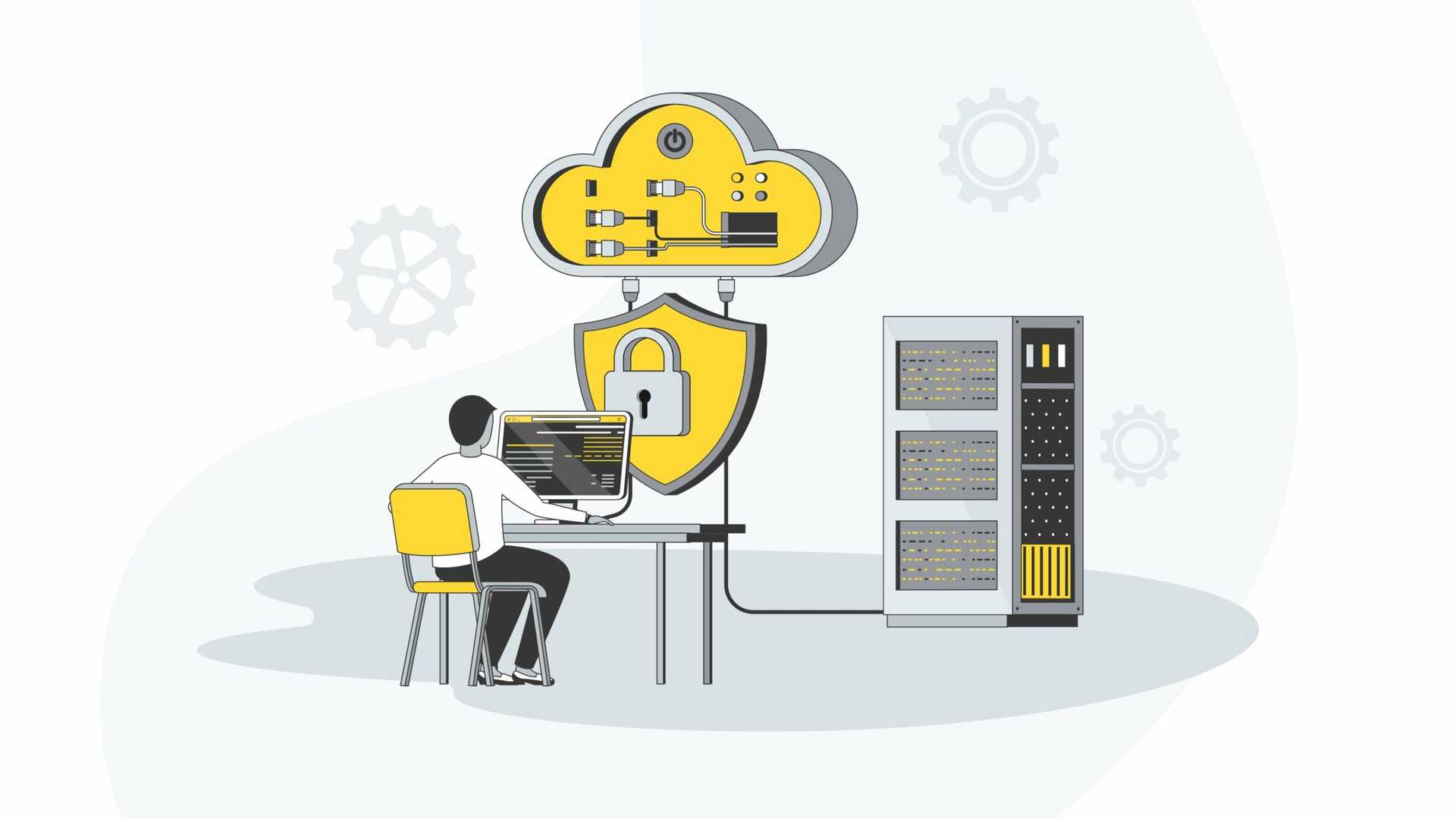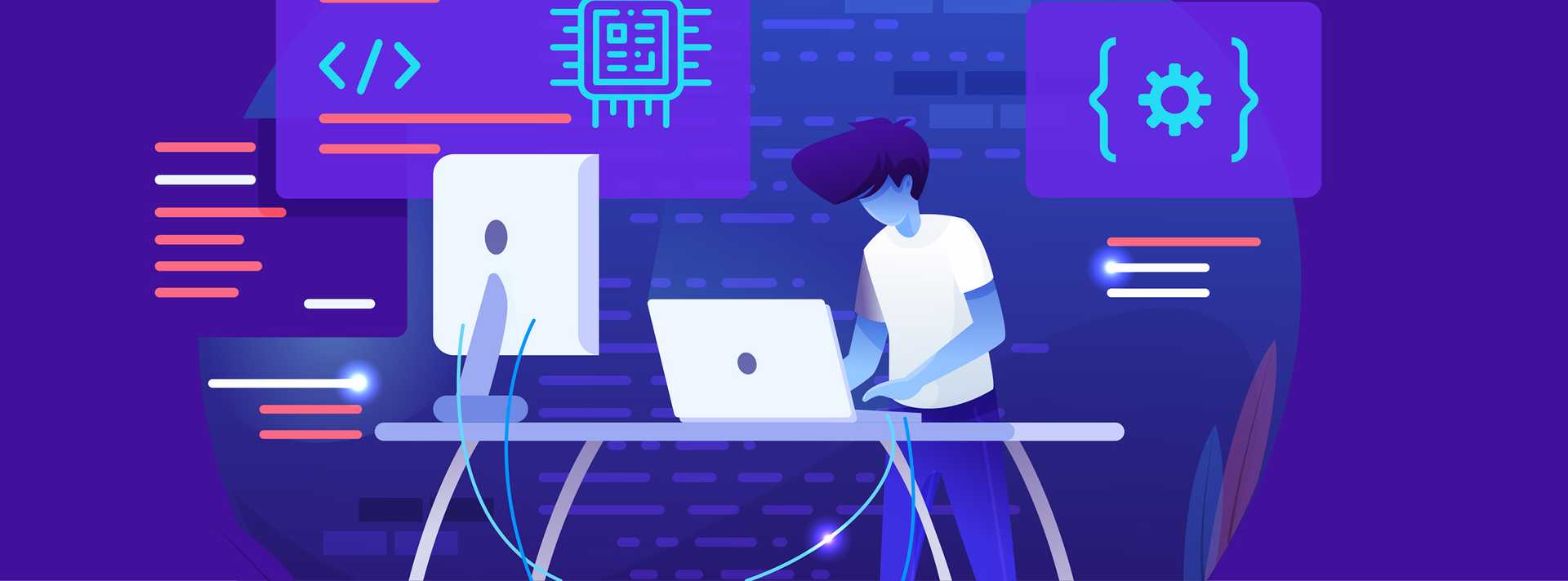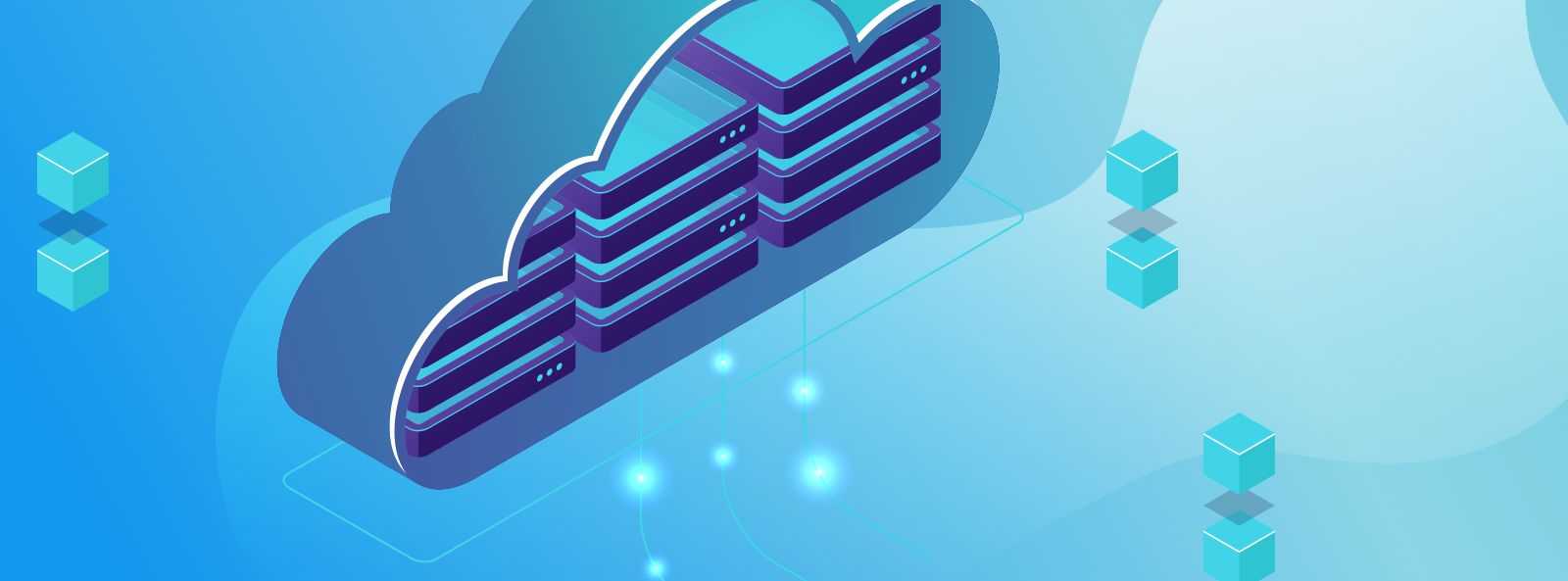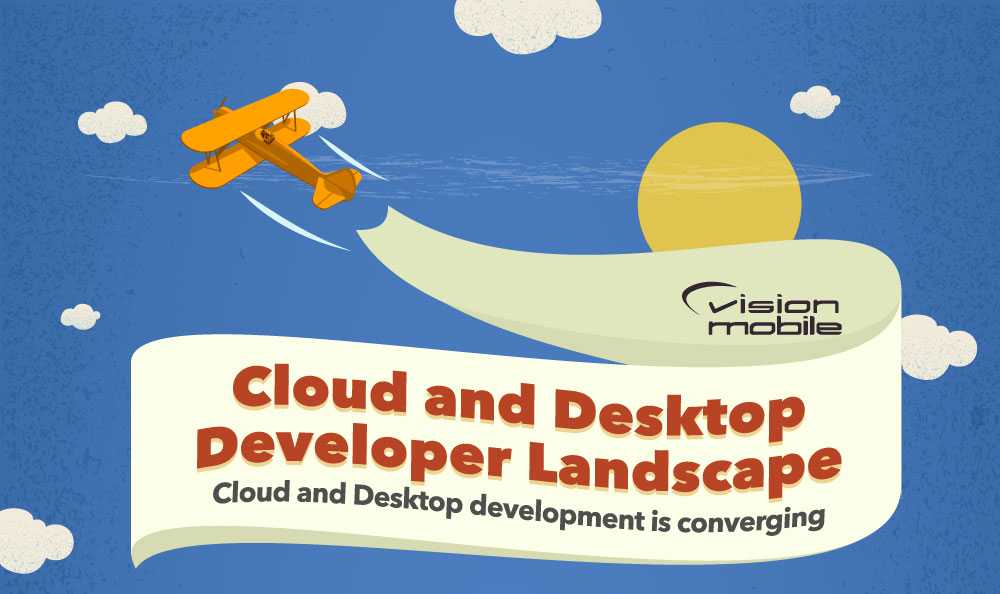Recent Posts of cloud

03 September, 2024
Arm Virtual Hardware streamlines embedded and IoT development by enabling simulation and testing without physical hardware, speeding up time to market. It bridges the gap between hardware and software, integrating seamlessly with modern DevOps practices.

25 June, 2024
In a data-rich world, businesses seek alternatives for information storage and sharing, creating opportunities for cloud developers. However, with these opportunities come risks, making it crucial to build a security-first culture through collaboration, robust protocols, and continuous training.

15 June, 2022
Developers have a natural and prominent role in creating new capabilities and opportunities, but that cannot happen without a greater support infrastructure.

21 January, 2021
In the nearly fifteen years since Amazon AWS cracked open the cloud market by releasing S3 – and changed the world by doing so – there has been huge growth in the variety of cloud solutions available for developers to use. We examine the different reasons that developers give for adopting or rejecting cloud technologies. The findings shared in this post are based on the Developer Economics survey 19th edition which ran during June-August 2020 and reached more than 17,000 developers in 159 countries.

11 January, 2021
We’ve teamed up with Packt to help you discover eight must-read books that you need to add to your collection in 2021.

03 August, 2020
Deep learning is typically a long and costly endeavour, especially when it comes to training models. There are many factors that impact the process, but processing power, in particular, can make or break your pipeline. Today, many developers leverage graphics processing units (GPUs). Learn how you can scale up deep learning in the cloud.

08 June, 2020
In this blog post we’ll explore where ML developers run their app or project’s code, and how it differs based on how they are involved in machine learning/AI, what they’re using it for, as well as which algorithms and frameworks they’re using.

23 July, 2019
The emergence of cloud native development and containers has redefined how software is developed. But not all organizations have the resources or expertise to set up the required infrastructure to support a containerized application. Luckily, cloud vendors offer Containers-as-a-Service to help developers to capitalize on the benefits of cloud native development.

11 March, 2016
How are desktop and cloud development evolving? We’ve prepared an infographic with some key insights that can help you better understand the cloud and desktop developer landscape, based on our recent report focusing on the topic.
Contact us
Swan Buildings (1st floor)20 Swan StreetManchester, M4 5JW+441612400603community@developernation.net